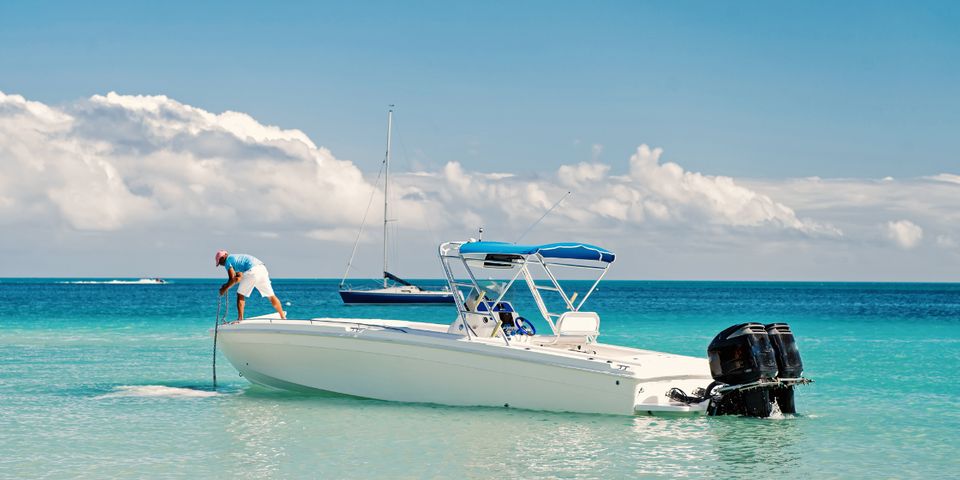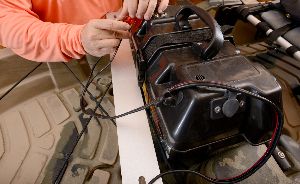4 Common Questions About Deep-Cycle Boat Batteries

When you own a marine vehicle, you notice it operates and needs to be powered differently than a car you drive on the street. The steady charge that deep-cycle boat batteries supply make them well-suited for water vessels, but they can have a short shelf life if they’re not taken care of properly. To help you become more familiar, here are some frequently asked questions about these components.
What You Should Know About Deep-Cycle Boat Batteries
Different types:
- Flooded Lead Acid: Also called a wet cell battery, this kind has lead plates that are immersed in a blend of sulphuric acid and water. As it charges and discharges, the liquid becomes gaseous and exits through the vent caps. Lost water needs to be replaced occasionally to restore electrolyte levels.
- Absorbent Glass Mat (AGM): This Valve Regulated Lead Acid (VRLA) battery has slim fiberglass mats between the lead plates, which soak up electrolytes and keep liquid from spilling. They’re shock-resistant, fast-charging, and there’s no need to replenish water.
- Gel: Another VRLA variety, it contains a sulphuric acid and water solution with silica, which transforms it into gel. It doesn't emit gas, has high-heat tolerance, and is spill-proof, however it takes longer to charge.
What is an amp-hour?
Amp-hours refer to battery capacity and gauge how much electrical current it can give per hour before it’s discharged. For example, if you have a 100Ah battery at 20 hours, this means it delivers 5 amps hourly for 20 hours. The more objects you're powering, the higher the capacity should be.
How do I charge deep-cycle boat batteries?

There are three stages for charging deep-cycle boat batteries.
- Bulk Charge: A current is delivered to the battery at a safe level until it’s charged to around 80 to 90 percent. Voltage is typically between 10.5 to 15 volts.
- Absorption Charge: Voltage stays constant, then decreases as internal resistance goes up. The maximum amount of power is released from the charger, measuring between 14.2 to 15.5 volts.
- Float Charge: Once completely charged, voltage decreases to about 12.8 to 13.2 volts to lessen gassing and lengthen battery life. It emits trickle charges, which are small pulses of power that keep the part from discharging while it’s not in use.
How long do they last?
How long your deep-cycle battery lasts depends on what you’re using it for and how well you maintain it. You should avoid overcharging and undercharging, and it’s recommended not to let it discharge more than 50% of its battery capacity. Generally, shelf life ranges from one to six years.
If you need a reliable boat battery, head to Arizona Wholesale Batteries. Located in Phoenix, AZ, this family-owned business offers a wide selection of items for marine vehicles from top brands. They also pay you for your old models and recycle them in an environmentally-friendly way. For more information, call them at (602) 434-1710 or visit their website.
About the Business
Have a question? Ask the experts!
Send your question

